Fuse - Tomoko Fuses Origami Boxes: Beautiful Paper Gift Boxes from Japans Leading Origami Master - Origami Book With 30 Projects
Here you can read online Fuse - Tomoko Fuses Origami Boxes: Beautiful Paper Gift Boxes from Japans Leading Origami Master - Origami Book With 30 Projects full text of the book (entire story) in english for free. Download pdf and epub, get meaning, cover and reviews about this ebook. City: Pgw, year: 2018, publisher: Tuttle Publishing, genre: Children. Description of the work, (preface) as well as reviews are available. Best literature library LitArk.com created for fans of good reading and offers a wide selection of genres:
Romance novel
Science fiction
Adventure
Detective
Science
History
Home and family
Prose
Art
Politics
Computer
Non-fiction
Religion
Business
Children
Humor
Choose a favorite category and find really read worthwhile books. Enjoy immersion in the world of imagination, feel the emotions of the characters or learn something new for yourself, make an fascinating discovery.
Tomoko Fuses Origami Boxes: Beautiful Paper Gift Boxes from Japans Leading Origami Master - Origami Book With 30 Projects: summary, description and annotation
We offer to read an annotation, description, summary or preface (depends on what the author of the book "Tomoko Fuses Origami Boxes: Beautiful Paper Gift Boxes from Japans Leading Origami Master - Origami Book With 30 Projects" wrote himself). If you haven't found the necessary information about the book — write in the comments, we will try to find it.
Considered the most famous living origami master, Tomoko Fuse is known for her expertise in box-folding and other origami paper craft styles. The simple flat box, or tato, is an excellent introduction to the art of beginner origami and allows readers to start small, then build to more intricate pieces.
Handmade paper boxes are an expression of origami crafts at their very best. Experiment with different thicknesses, textures, and origami paper designs of paper for a true one-of-a-kind presentation.
Step by step instructions and diagrams guide you from start to finish as you create:
Fuse: author's other books
Who wrote Tomoko Fuses Origami Boxes: Beautiful Paper Gift Boxes from Japans Leading Origami Master - Origami Book With 30 Projects? Find out the surname, the name of the author of the book and a list of all author's works by series.

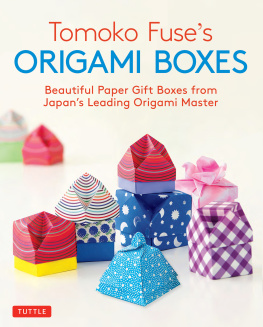
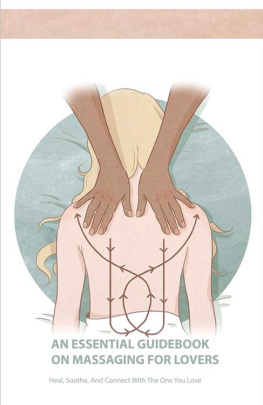

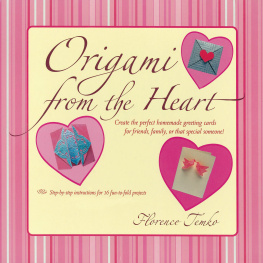
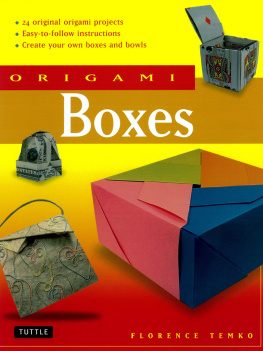

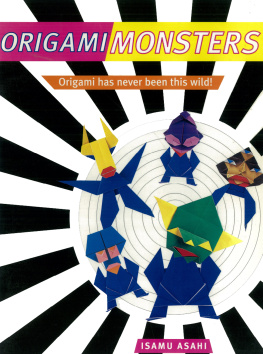
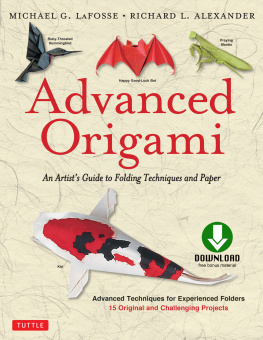
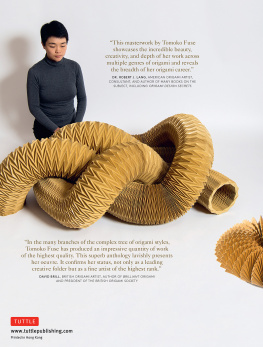
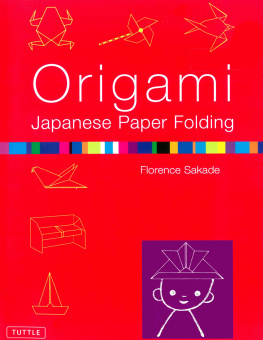
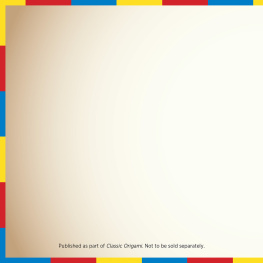
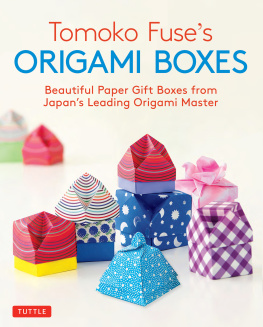

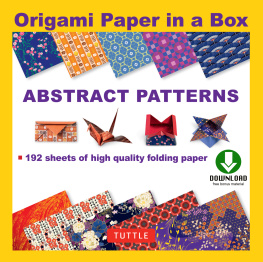
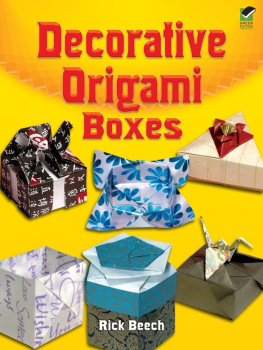
 Tomoko Fuses ORIGAMI BOXES
Tomoko Fuses ORIGAMI BOXES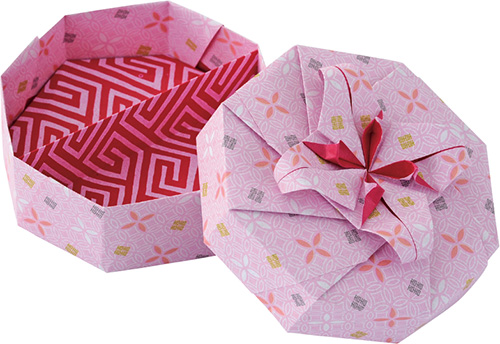
 A Guide to Origami Symbols and Basic Folds
A Guide to Origami Symbols and Basic Folds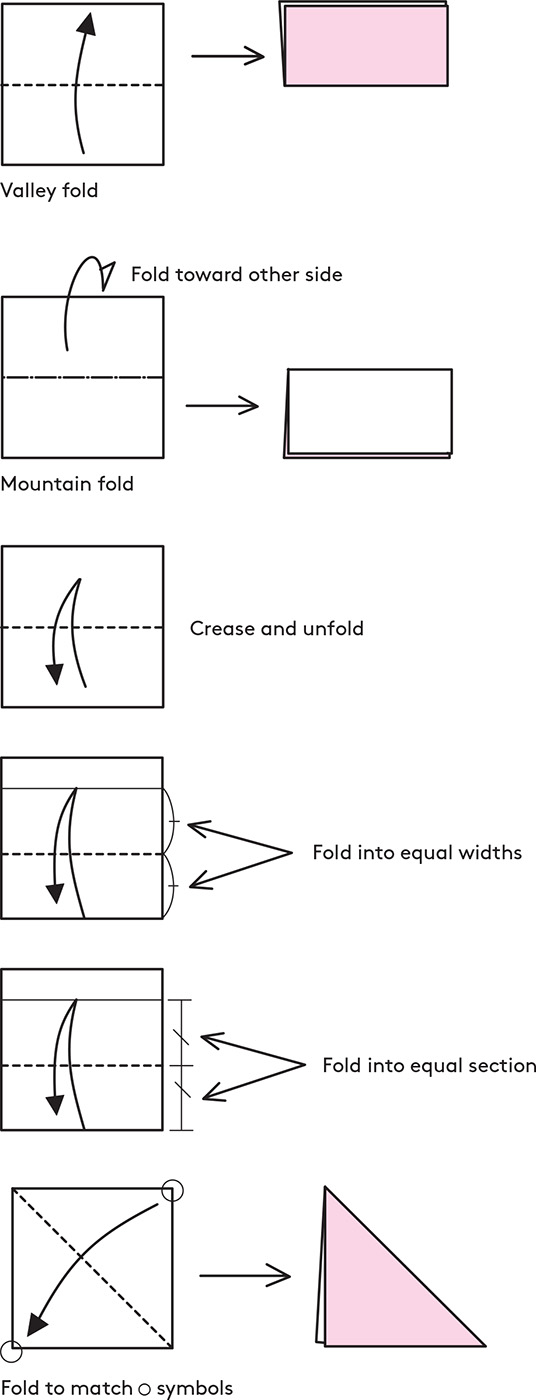
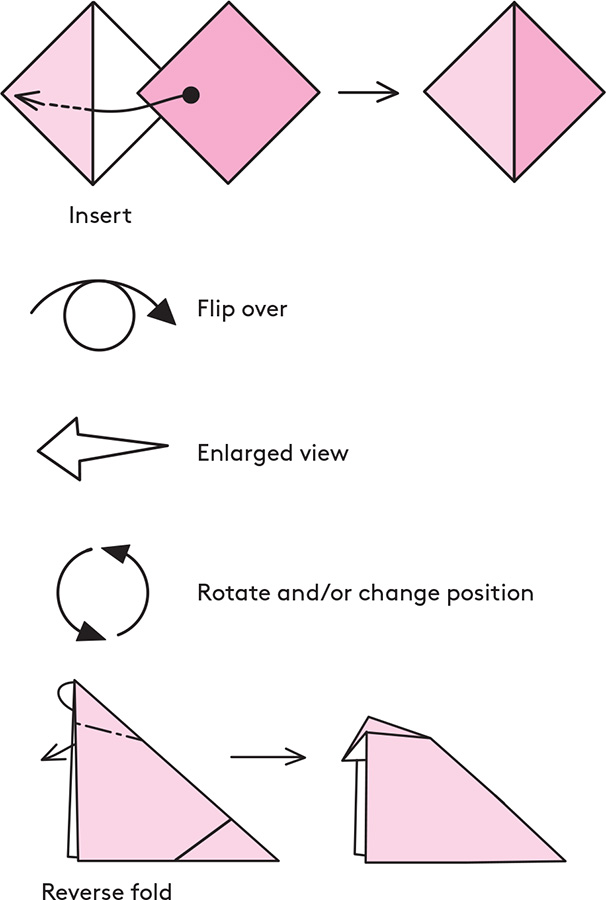 Tips Unless specified, glue isnt needed for the projects in this book, but feel free to use if it you feel that the paper calls for it, or if reinforcement seems necessary.It may take you a few tries to master the various techniques. If you are new to origami folding, we suggest starting with readily available origami paper in standard sizes.
Tips Unless specified, glue isnt needed for the projects in this book, but feel free to use if it you feel that the paper calls for it, or if reinforcement seems necessary.It may take you a few tries to master the various techniques. If you are new to origami folding, we suggest starting with readily available origami paper in standard sizes.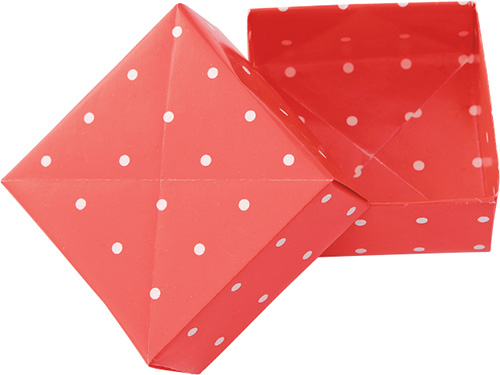 Masu Box (Traditional)
Masu Box (Traditional)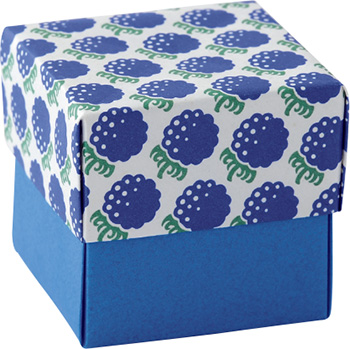 Cube Box
Cube Box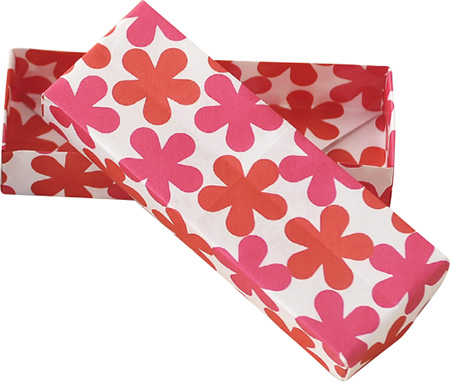 Rectangular Box
Rectangular Box Dome Box A
Dome Box A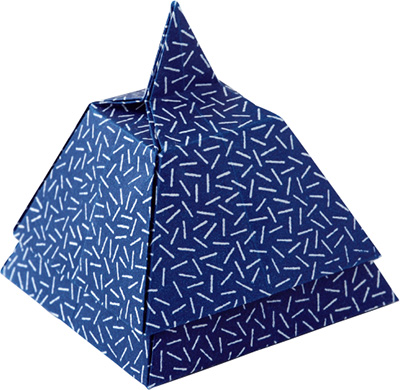 Dome Box B
Dome Box B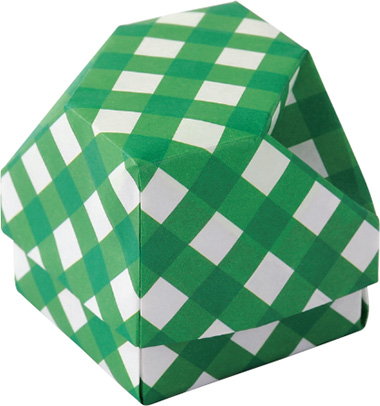 Pyramid Box A
Pyramid Box A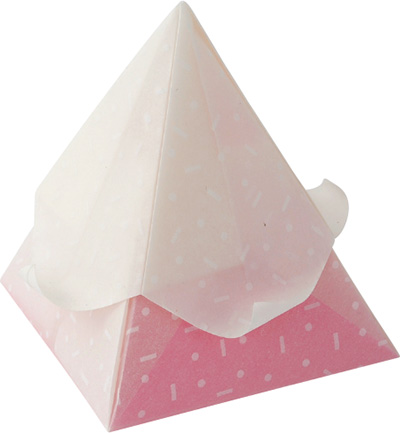 Flower Petal Box
Flower Petal Box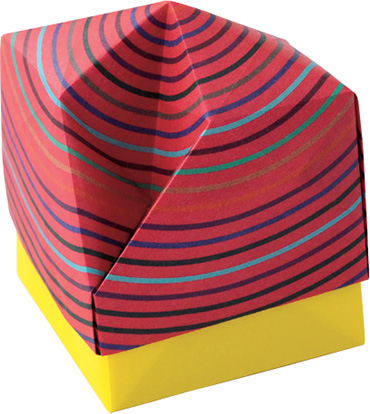 Dome Box D
Dome Box D Dome Box C
Dome Box C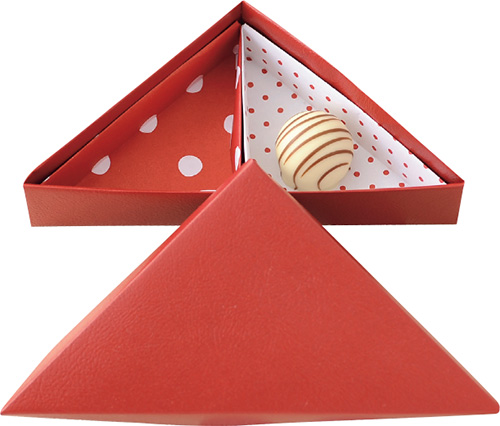 Triangular Box with Internal Partitions
Triangular Box with Internal Partitions The Traditional Masu Box 6 6 in (15 15 cm) sheets are standard The traditional Masu box is folded from a square sheet of paper and has many variations. Lets start with the basics.Basic Masu Base
The Traditional Masu Box 6 6 in (15 15 cm) sheets are standard The traditional Masu box is folded from a square sheet of paper and has many variations. Lets start with the basics.Basic Masu Base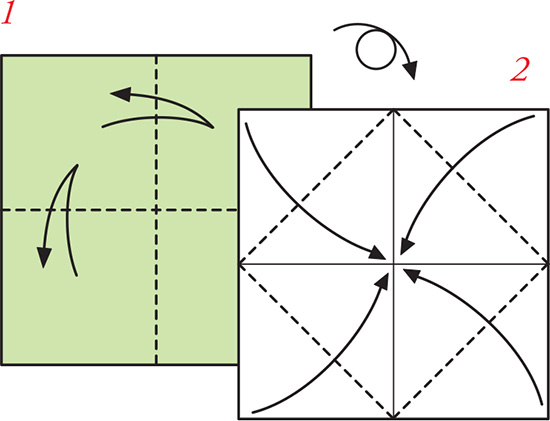
 Fold the corners to the center, taking care not to shift the already folded sections.
Fold the corners to the center, taking care not to shift the already folded sections. 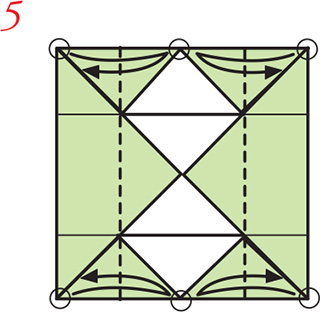 Crease and unfold.
Crease and unfold. 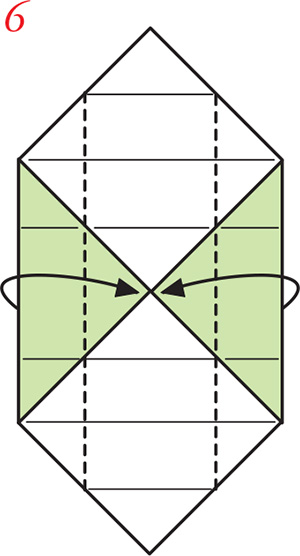
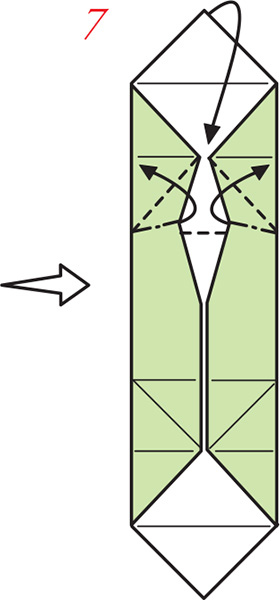 Open and reverse fold to form box side.
Open and reverse fold to form box side. 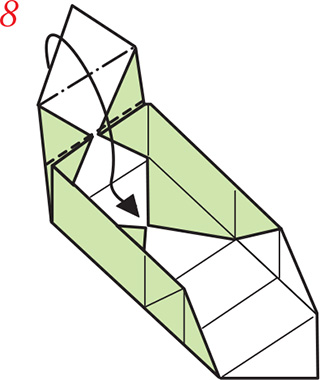 Fold flap down and press into place.
Fold flap down and press into place. 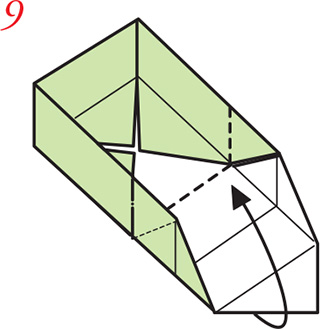
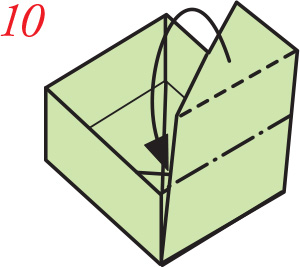
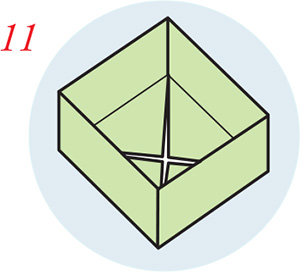
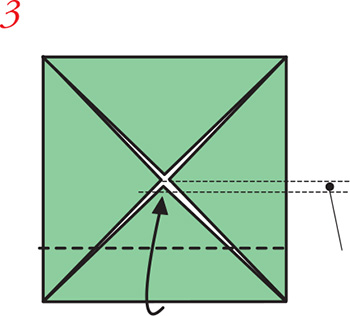 Fold to about 1/8 in (4 mm) below the center.
Fold to about 1/8 in (4 mm) below the center. 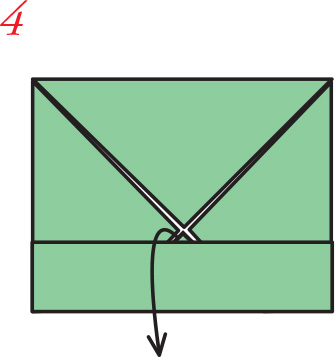 Unfold, including the inner small triangle.
Unfold, including the inner small triangle. 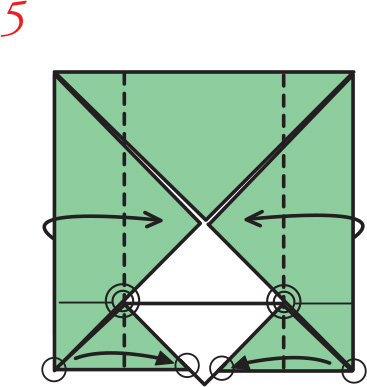 Match symbols on each side, folding along symbol.
Match symbols on each side, folding along symbol. 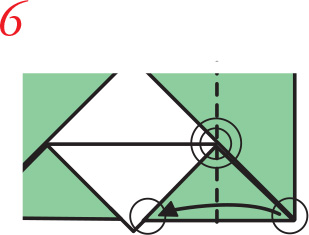
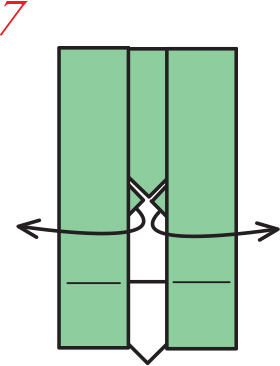 Unfold, including the inner triangles.
Unfold, including the inner triangles. 